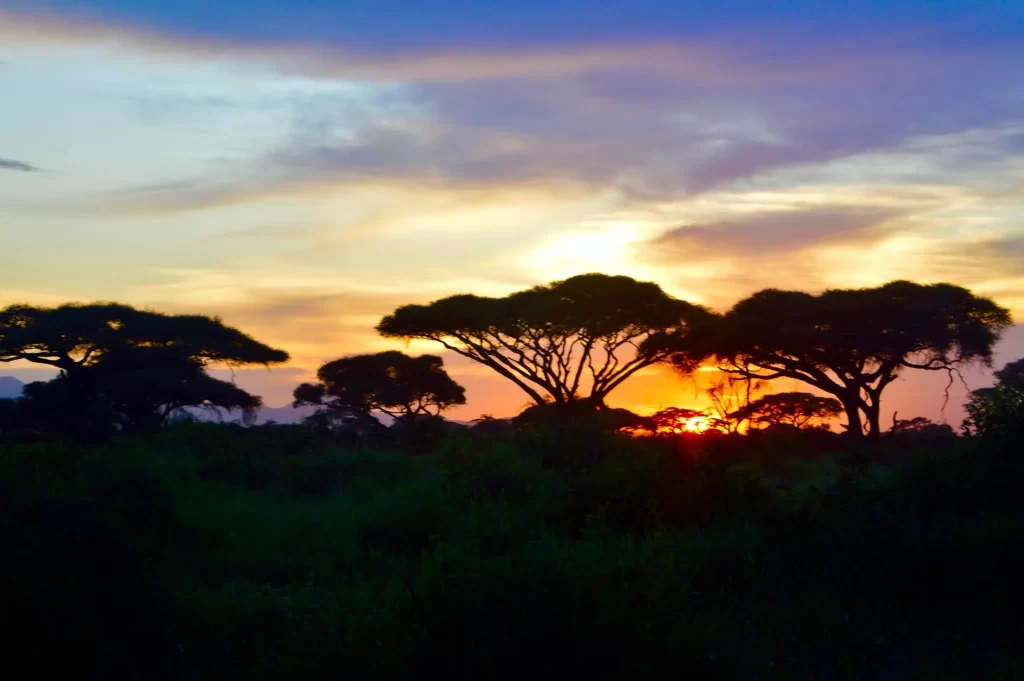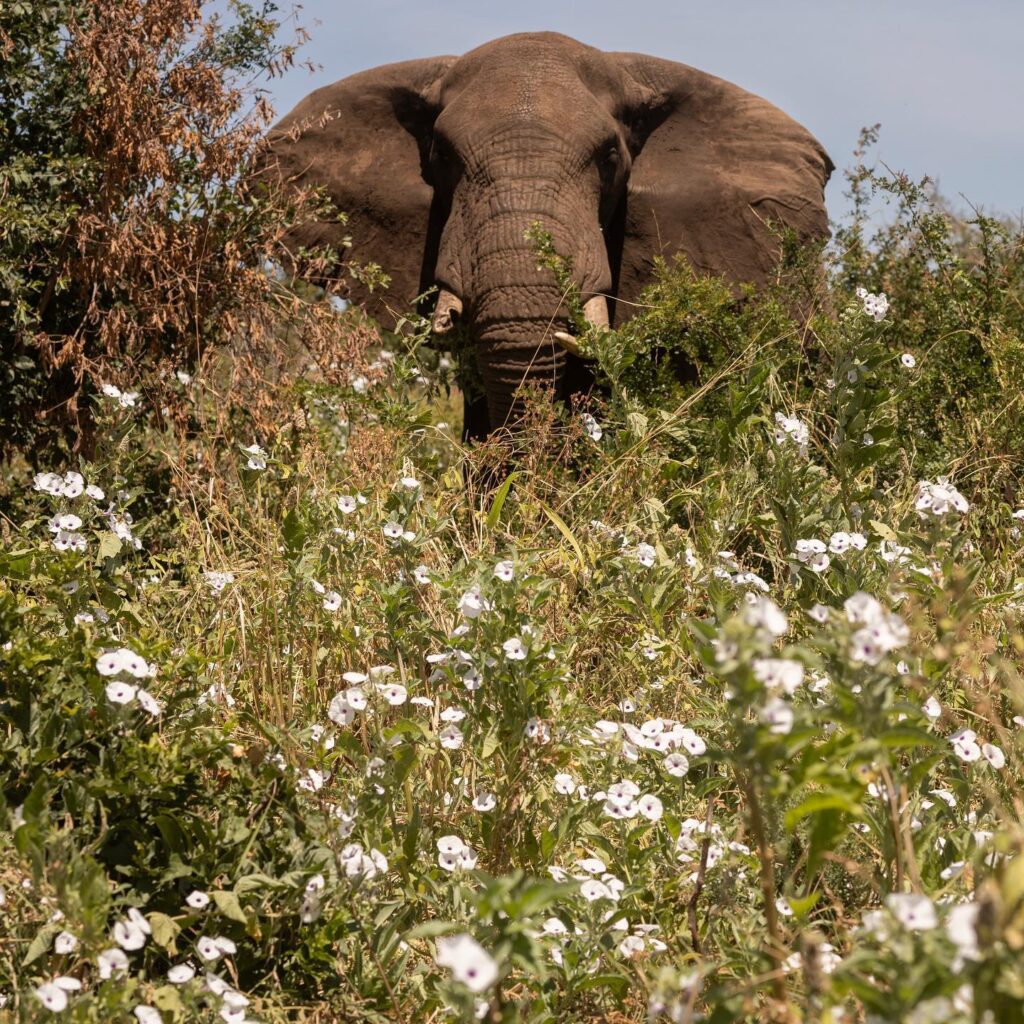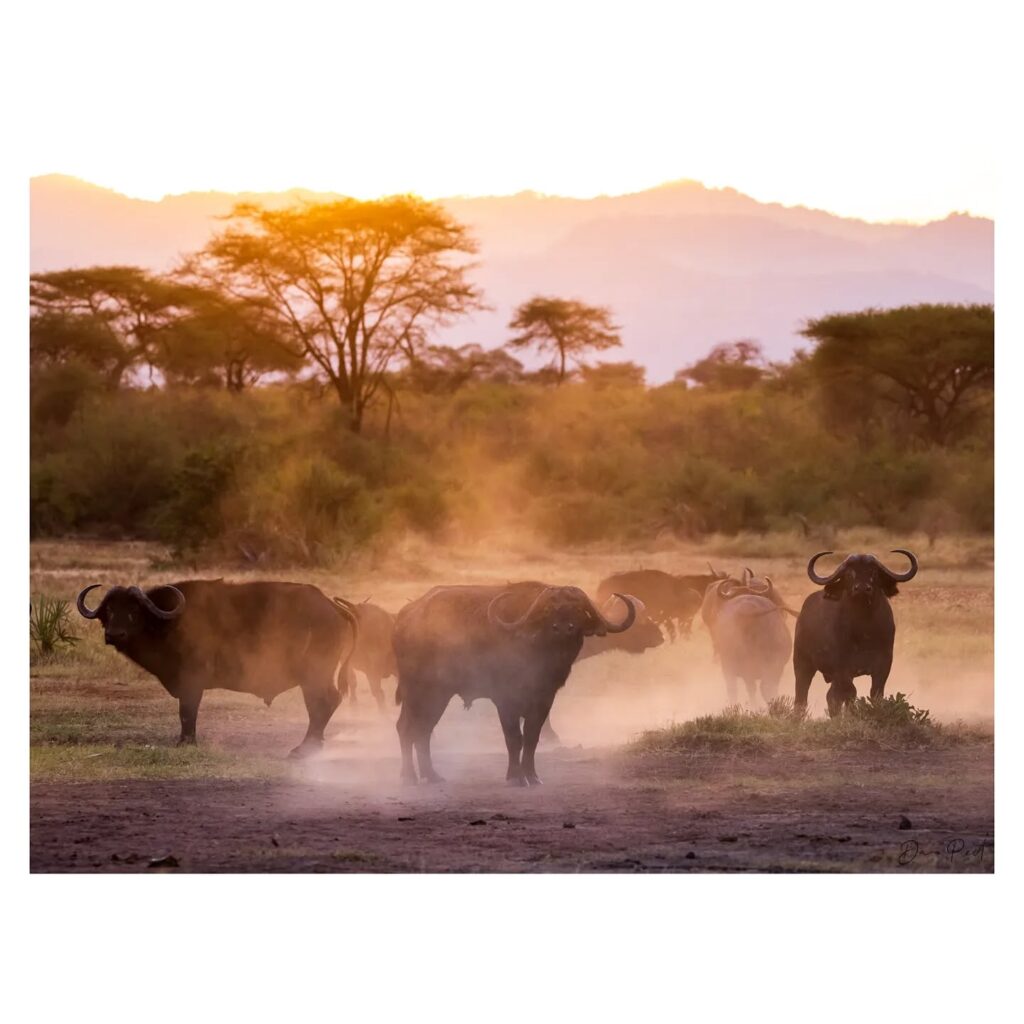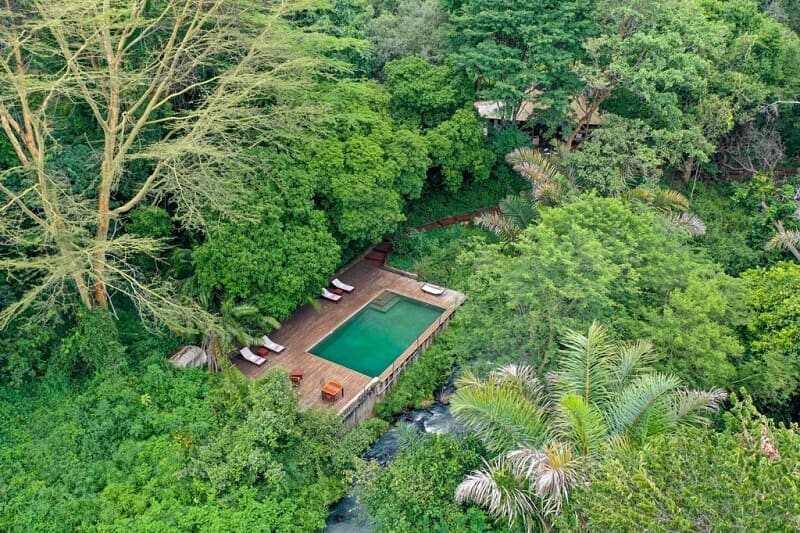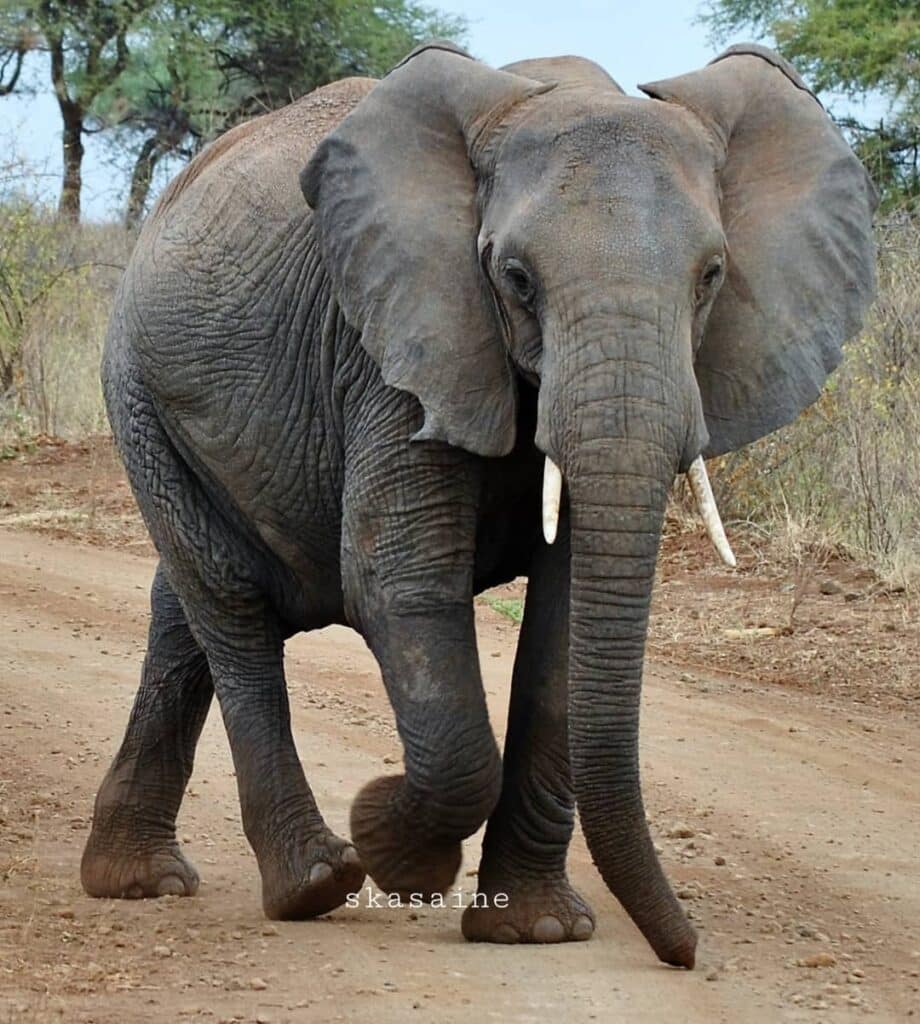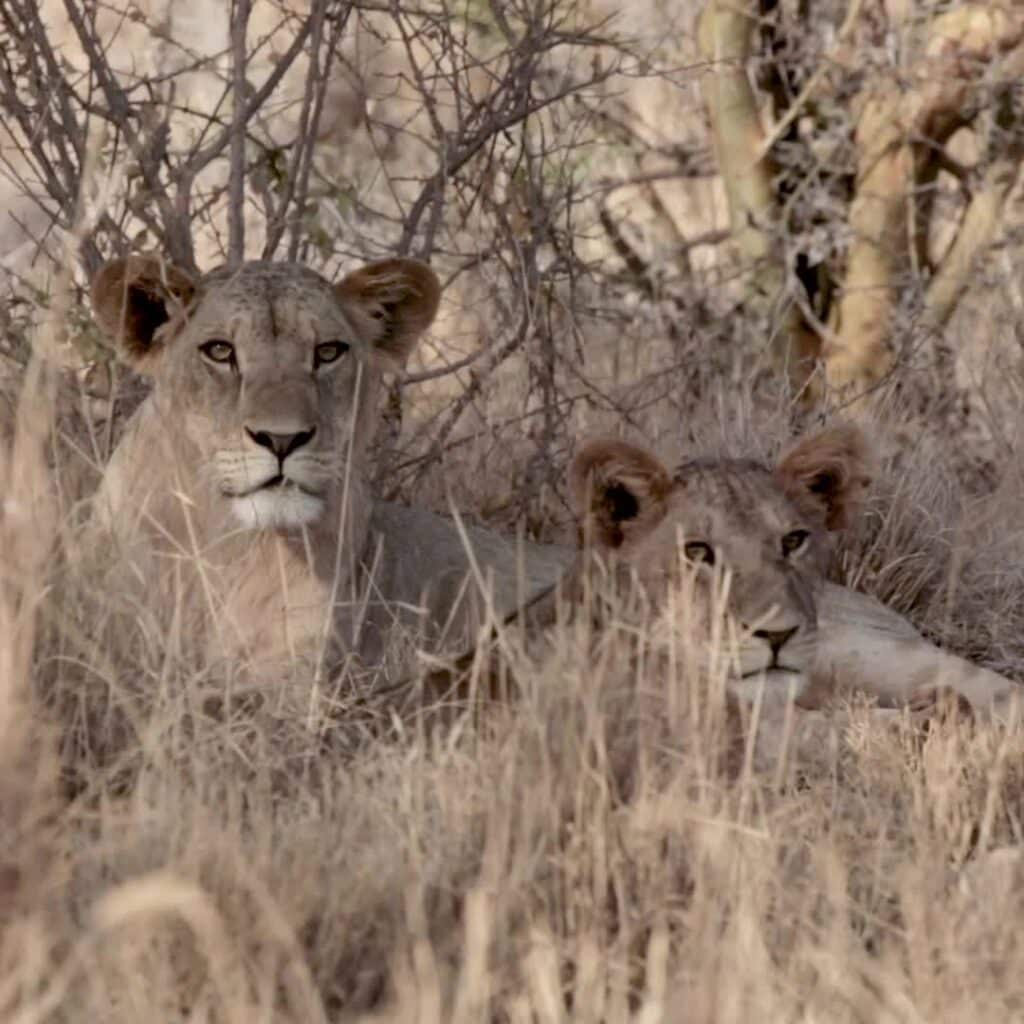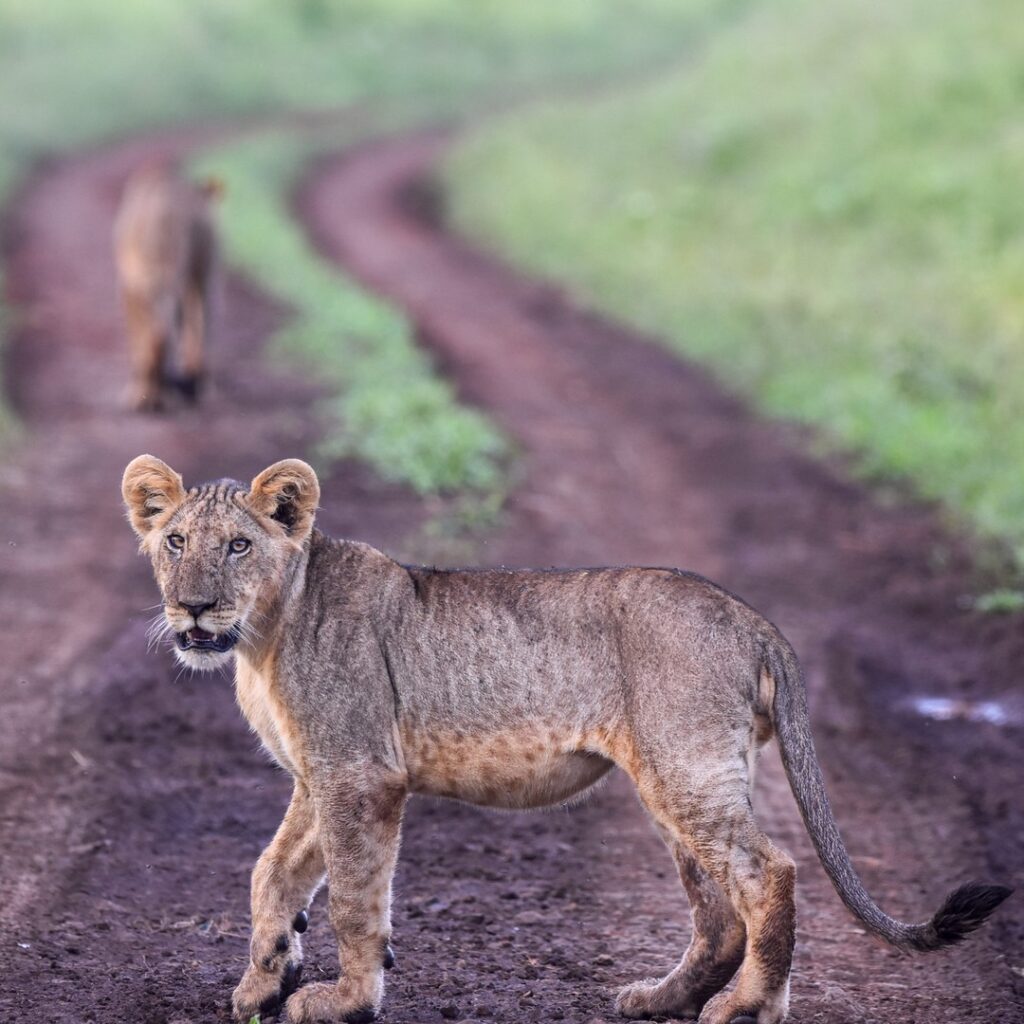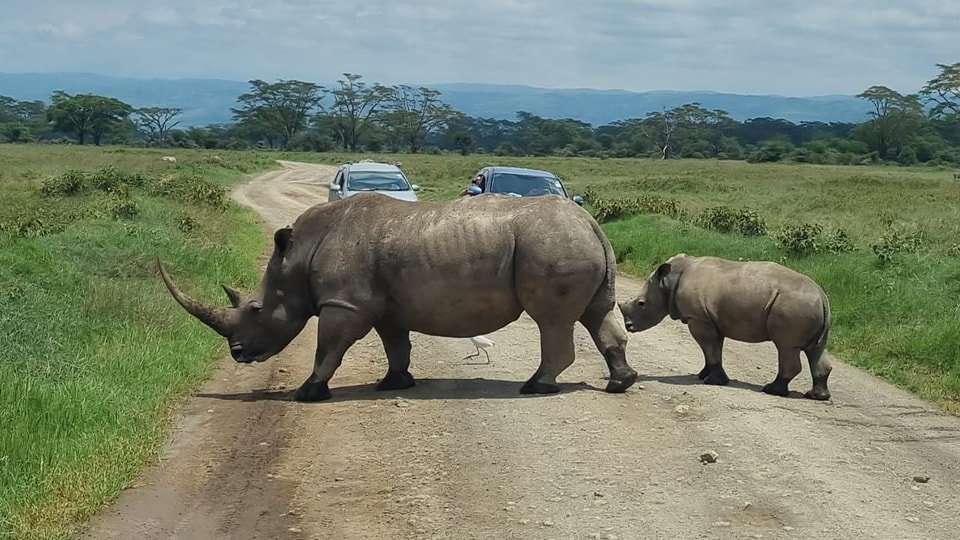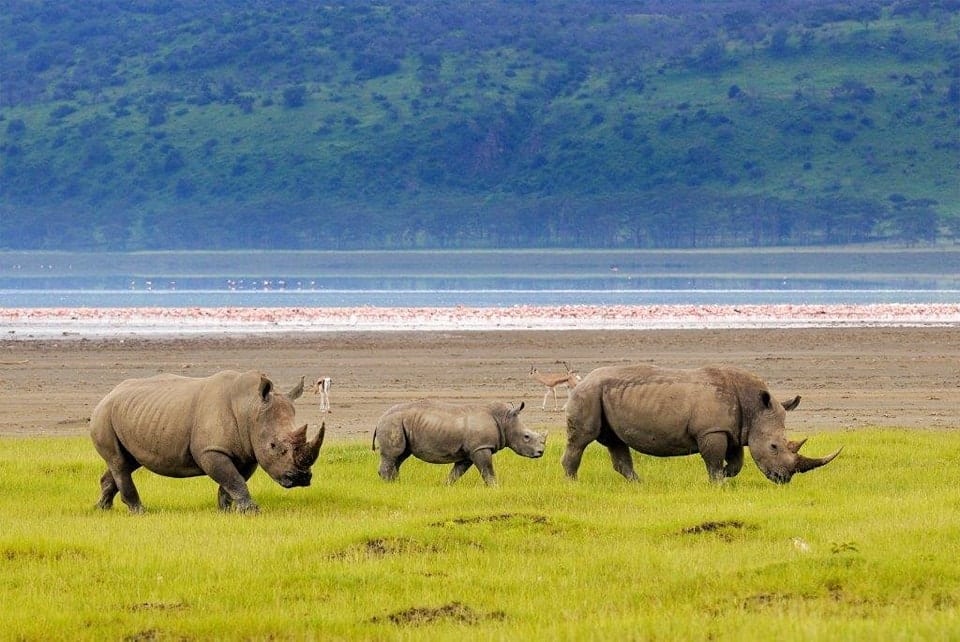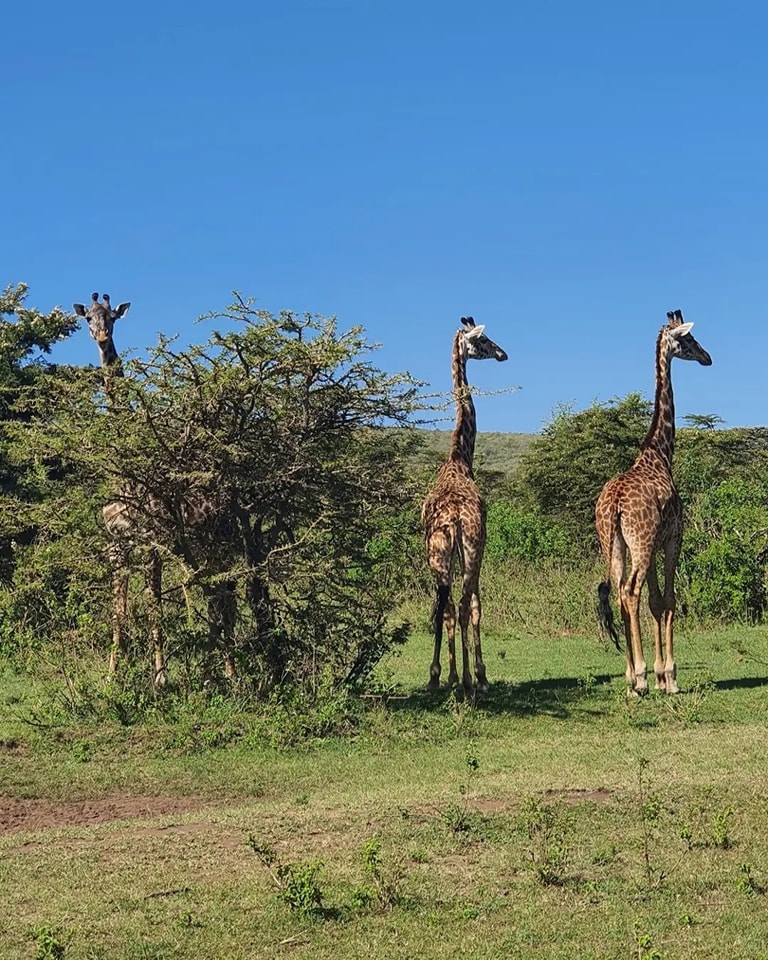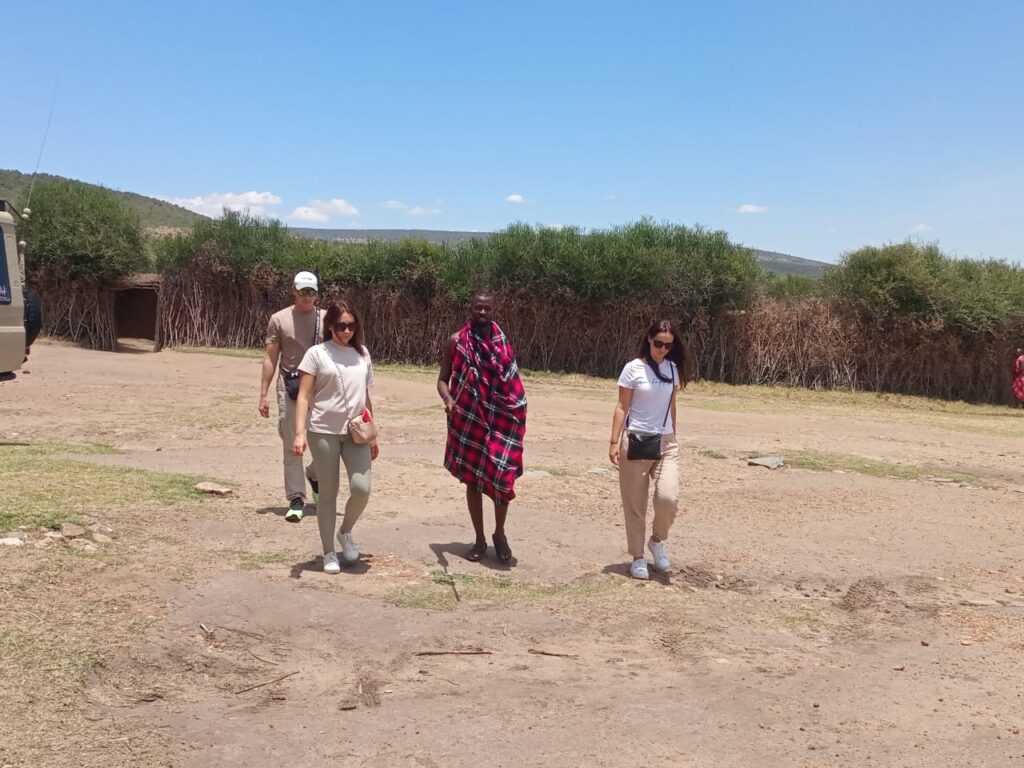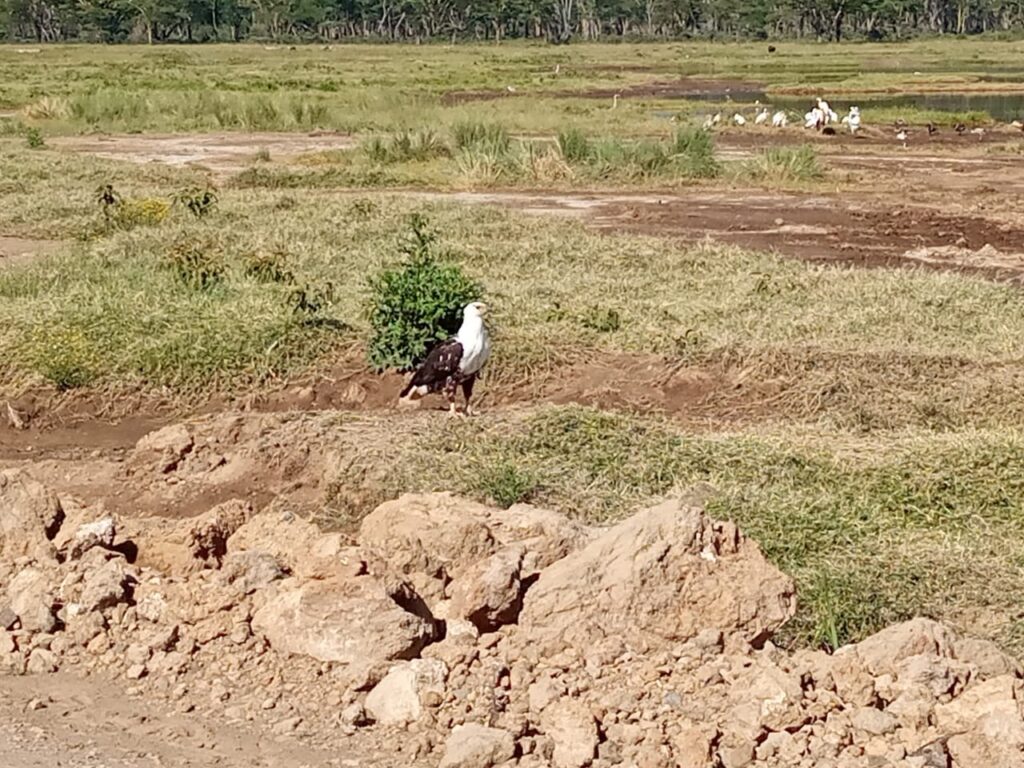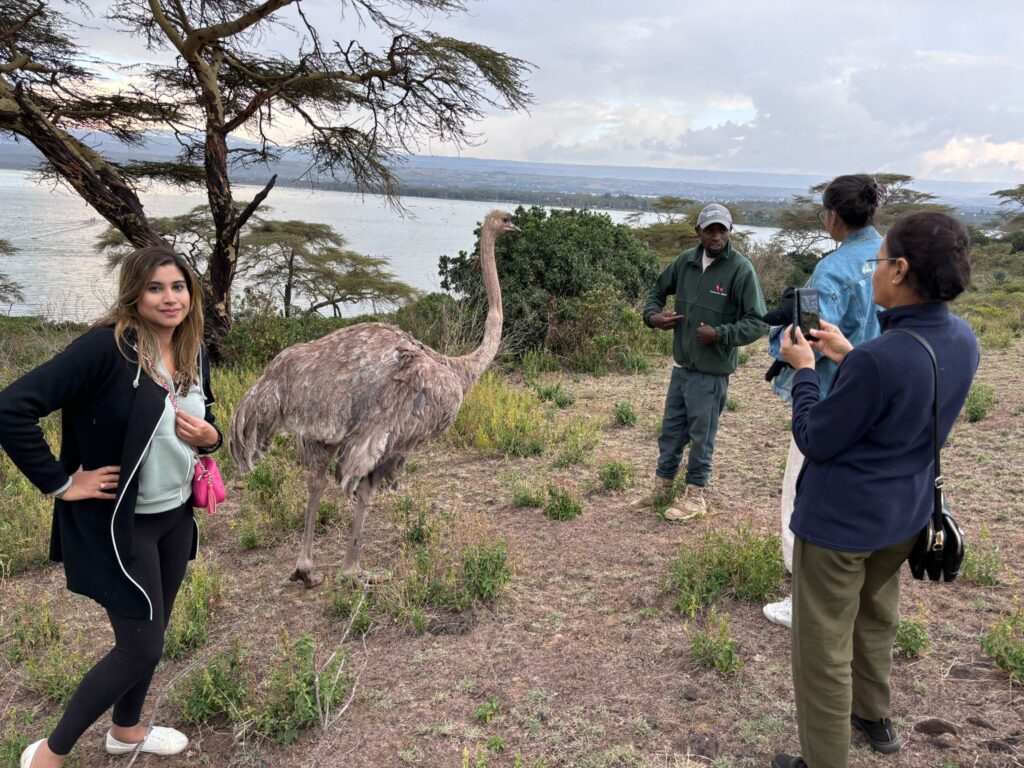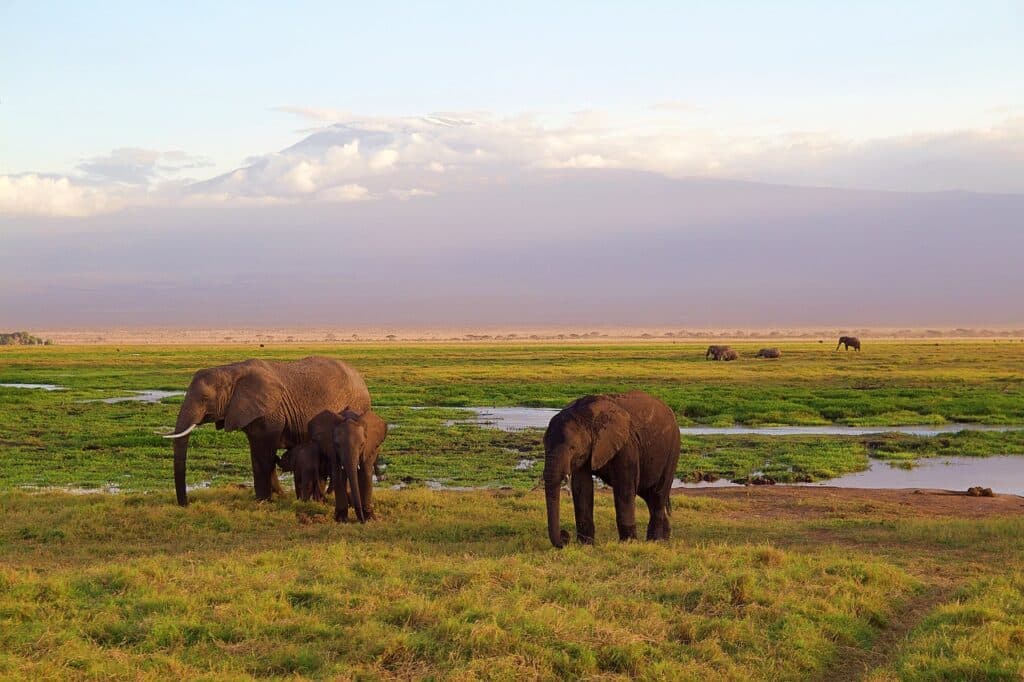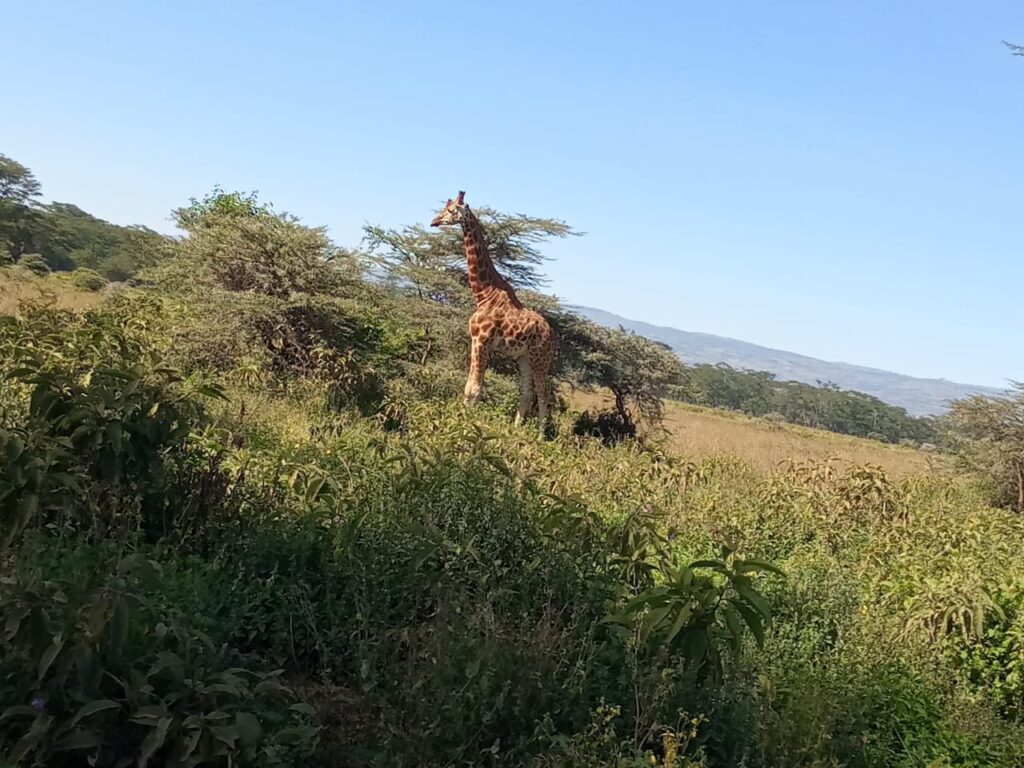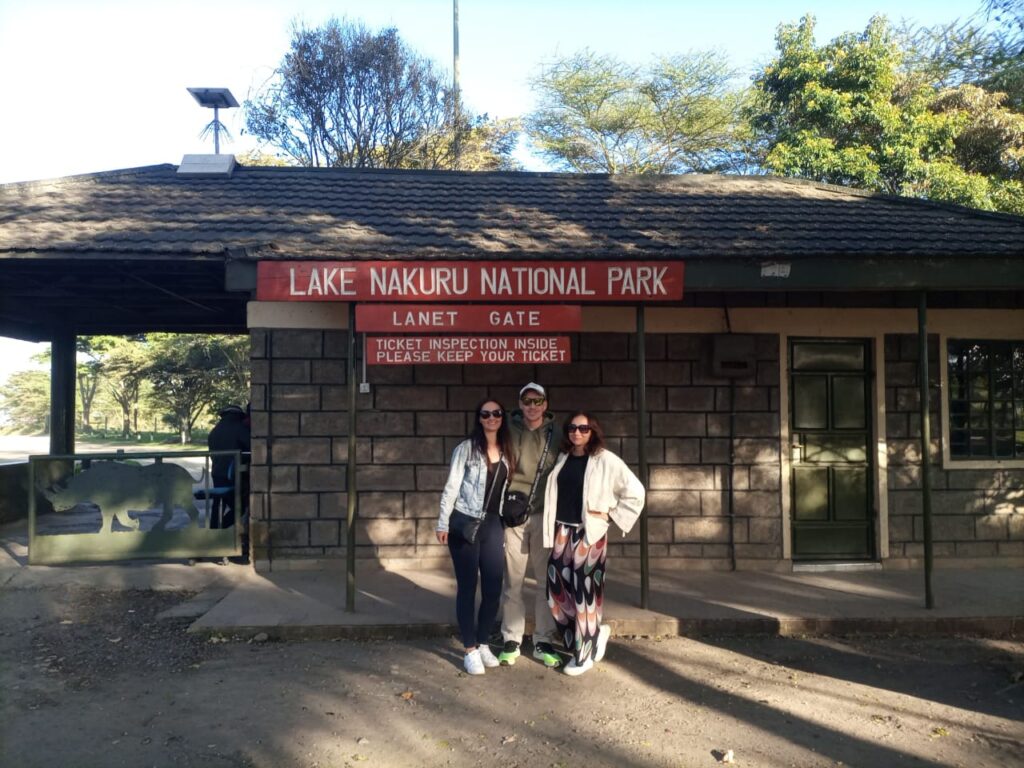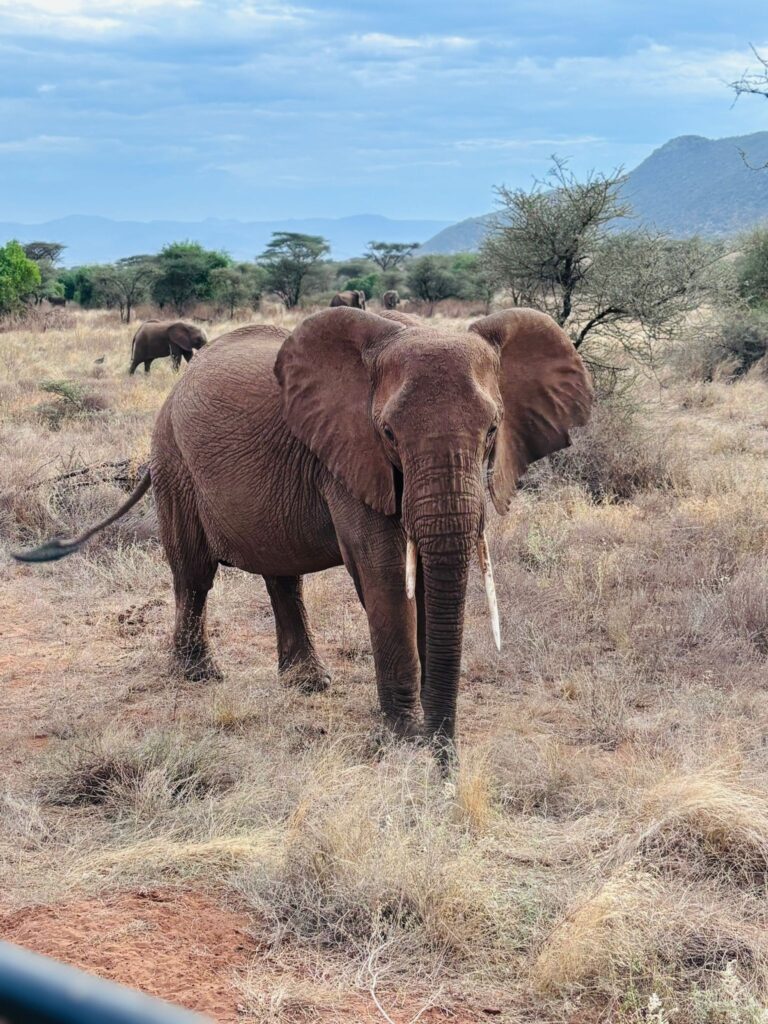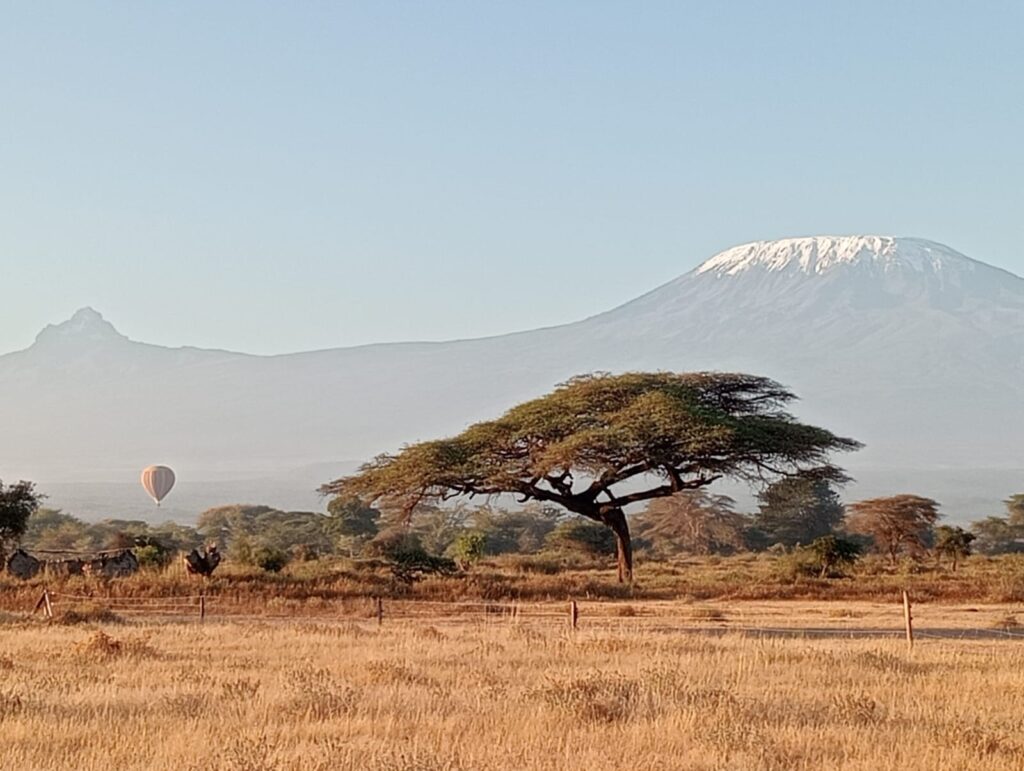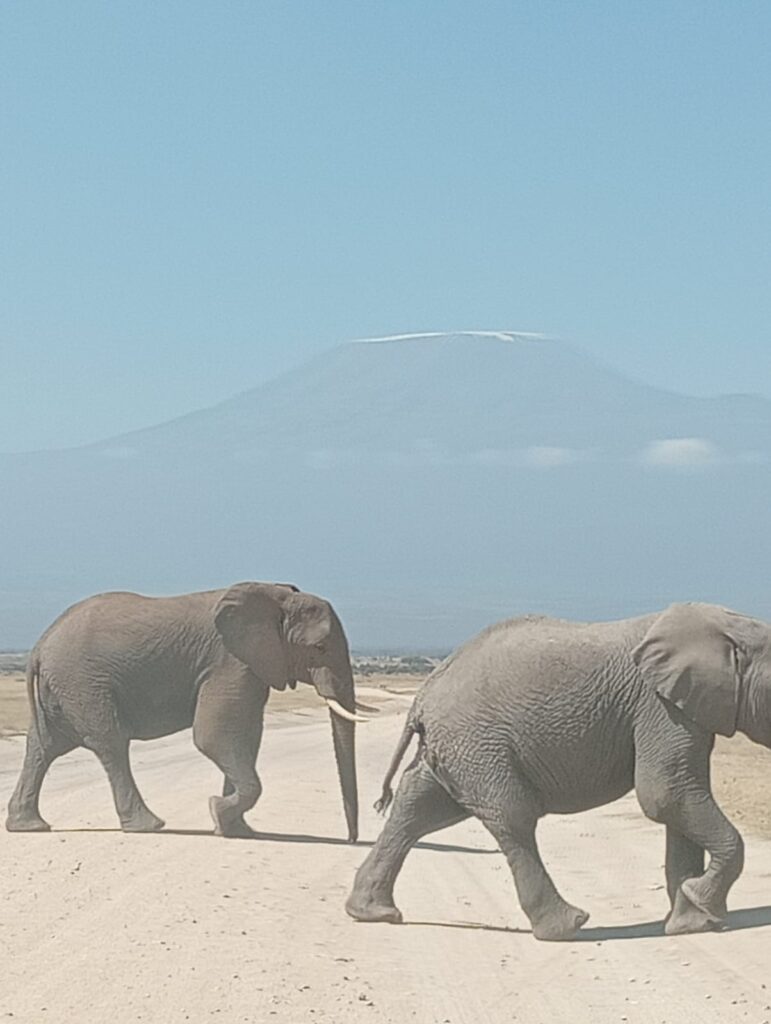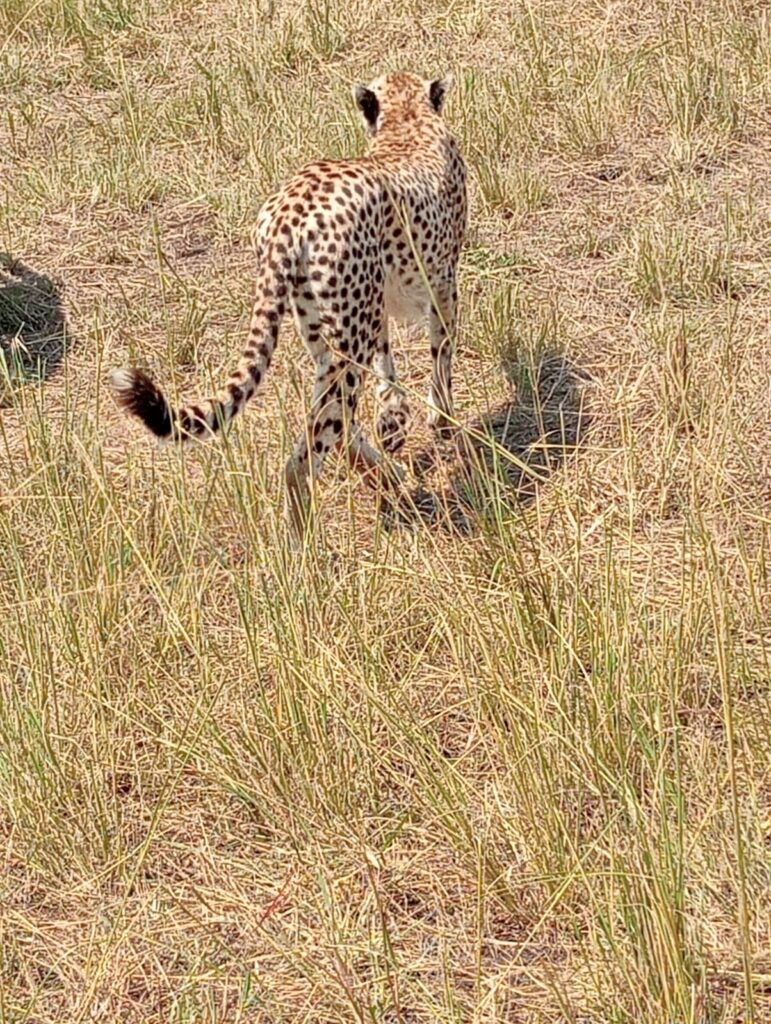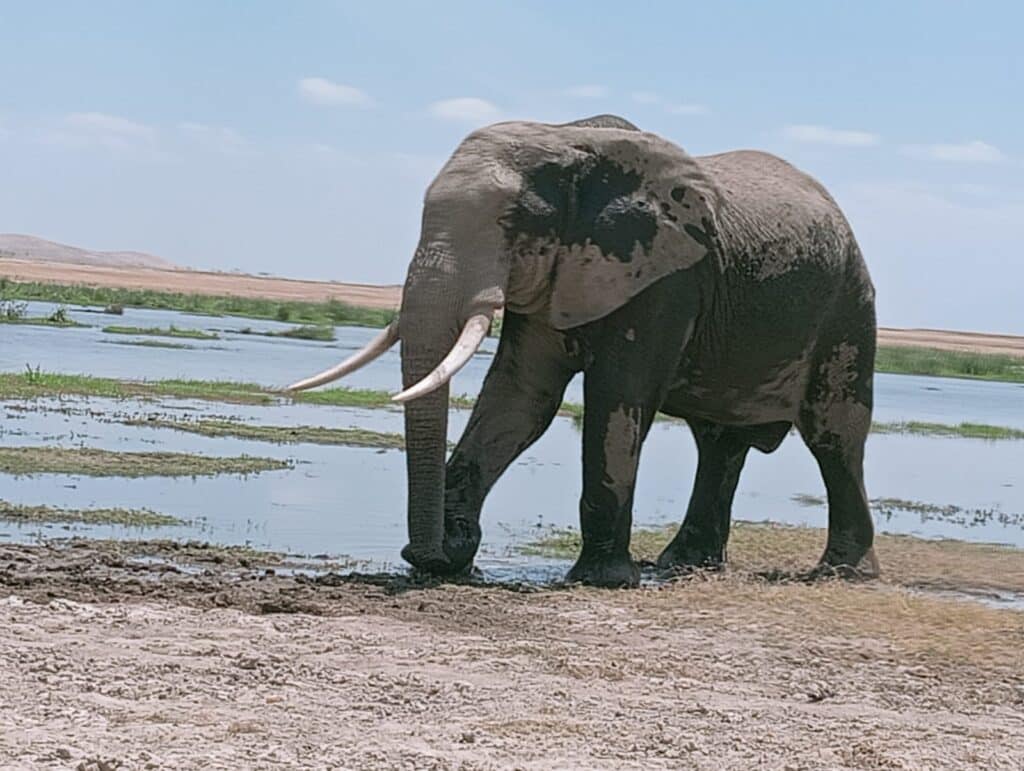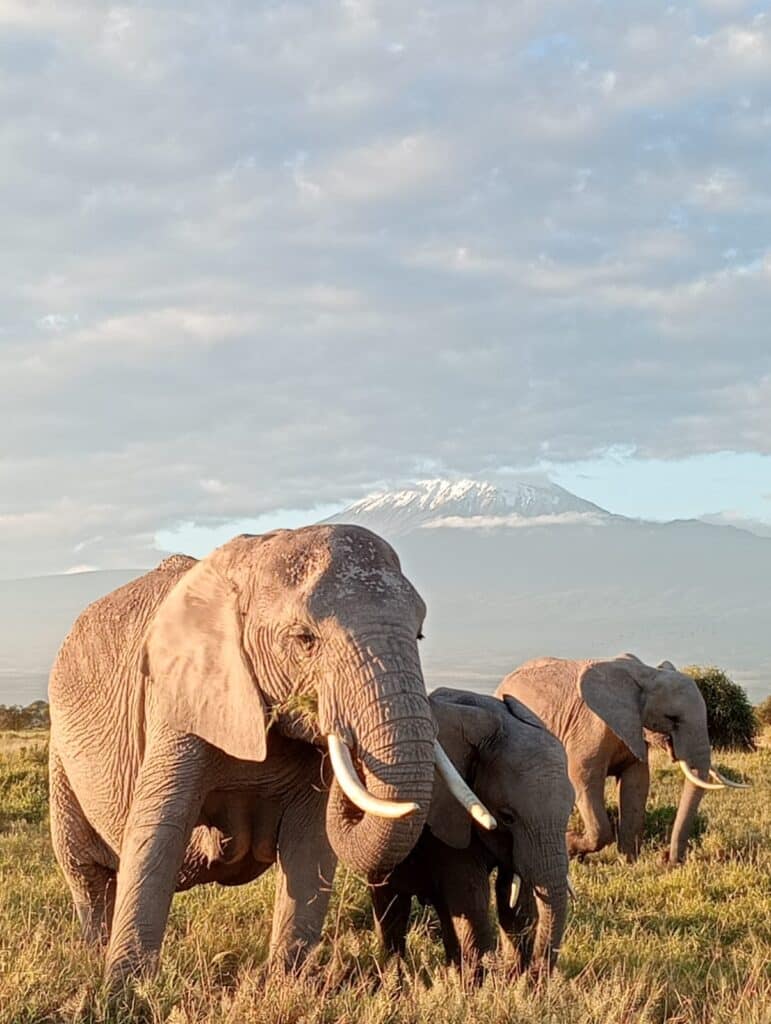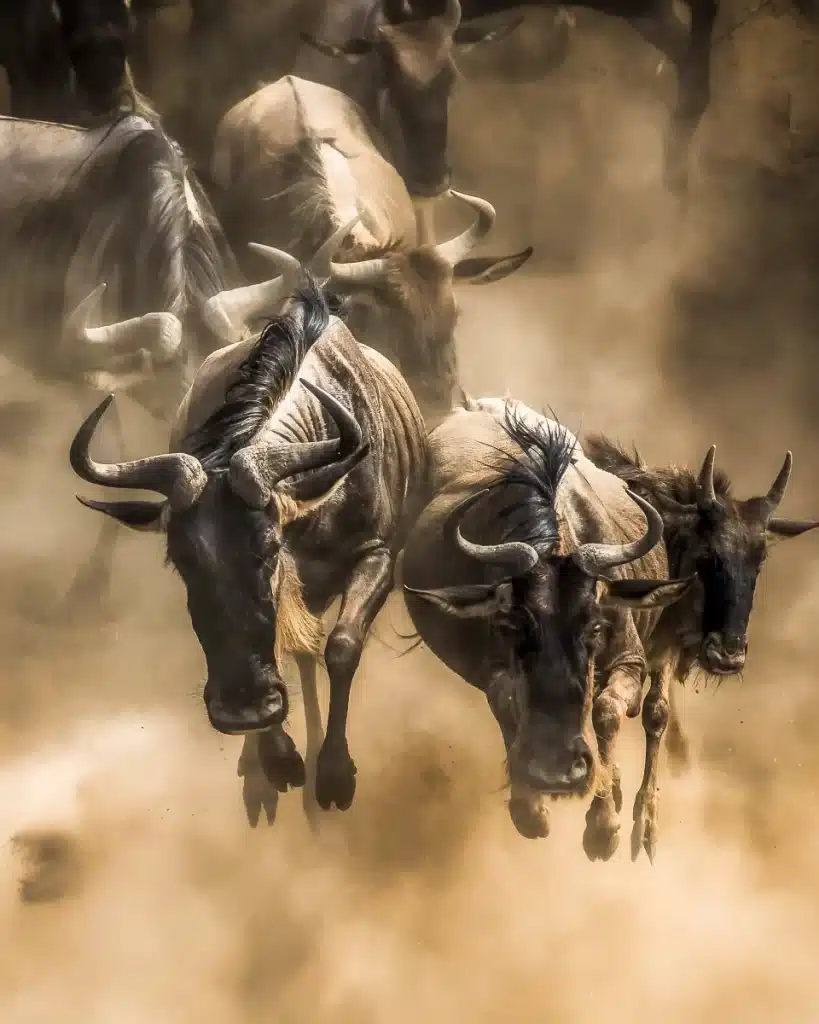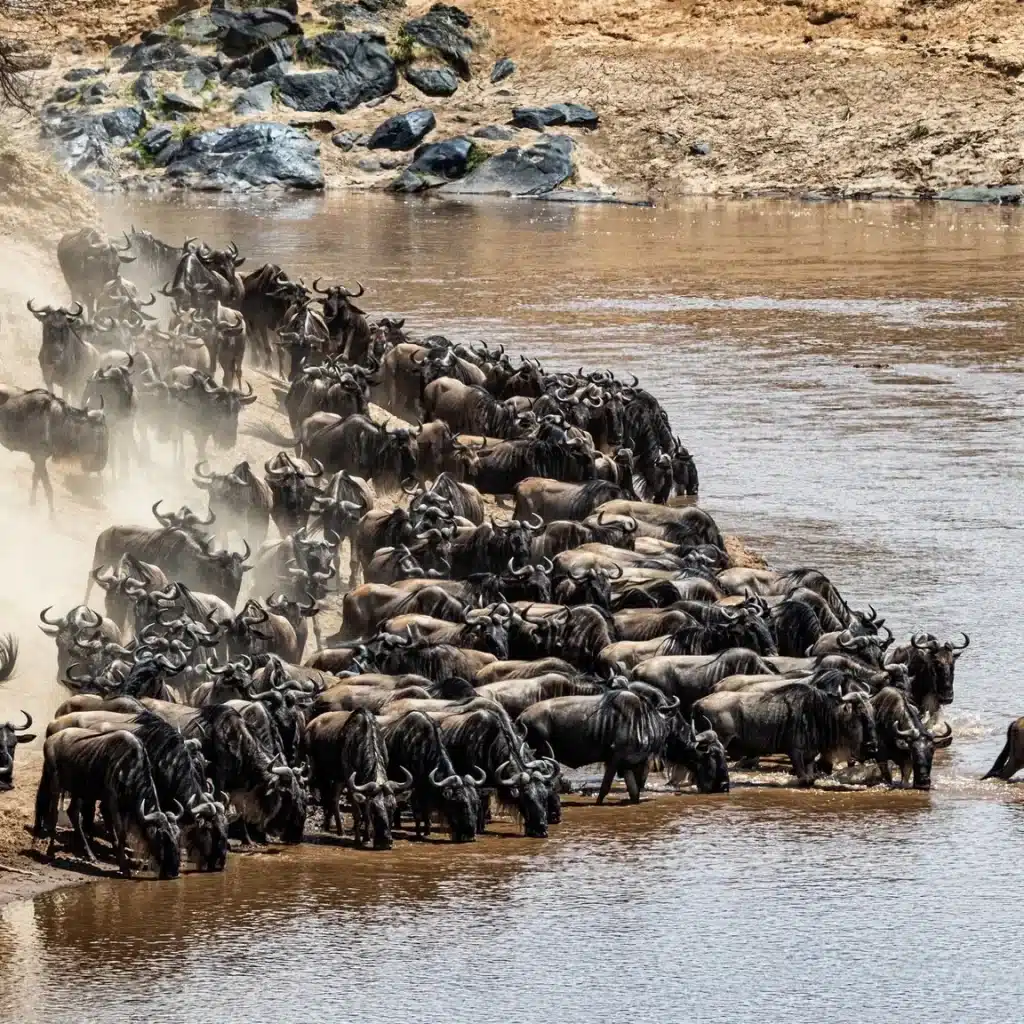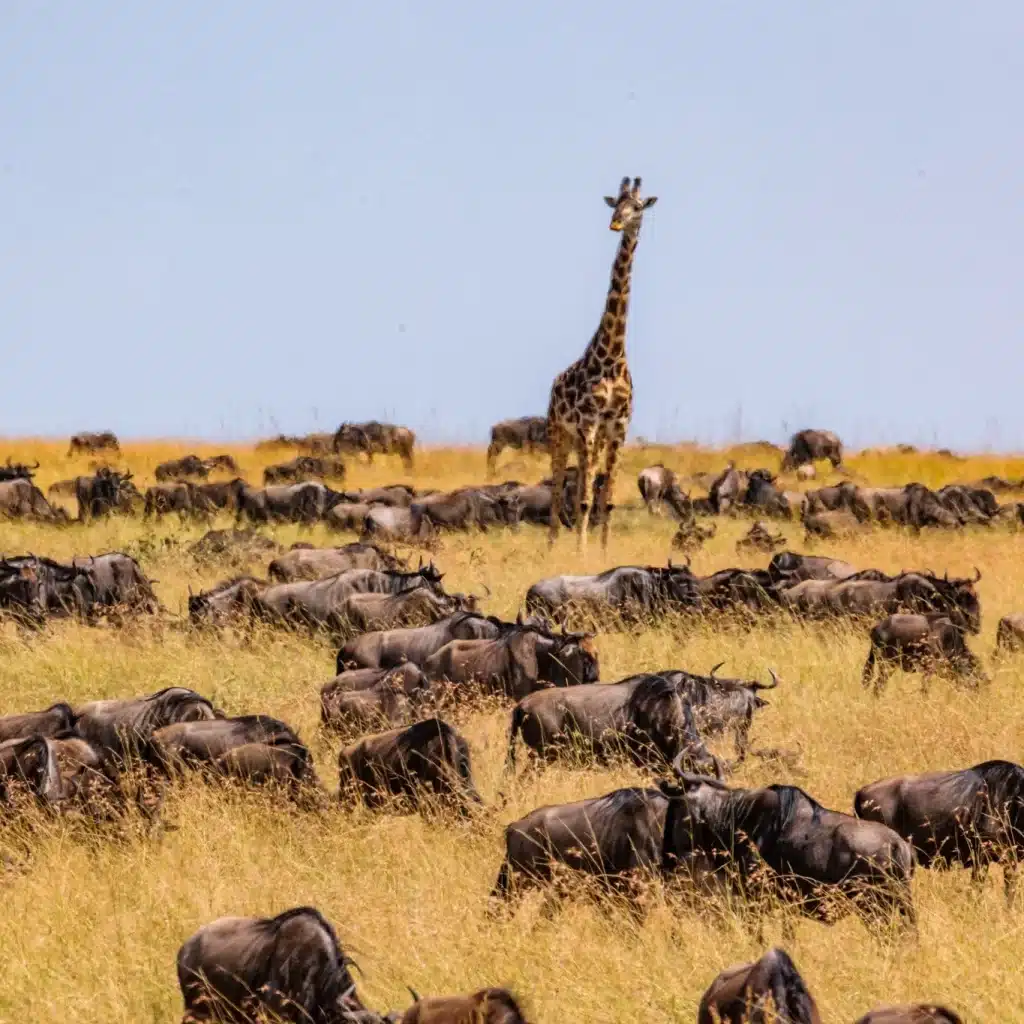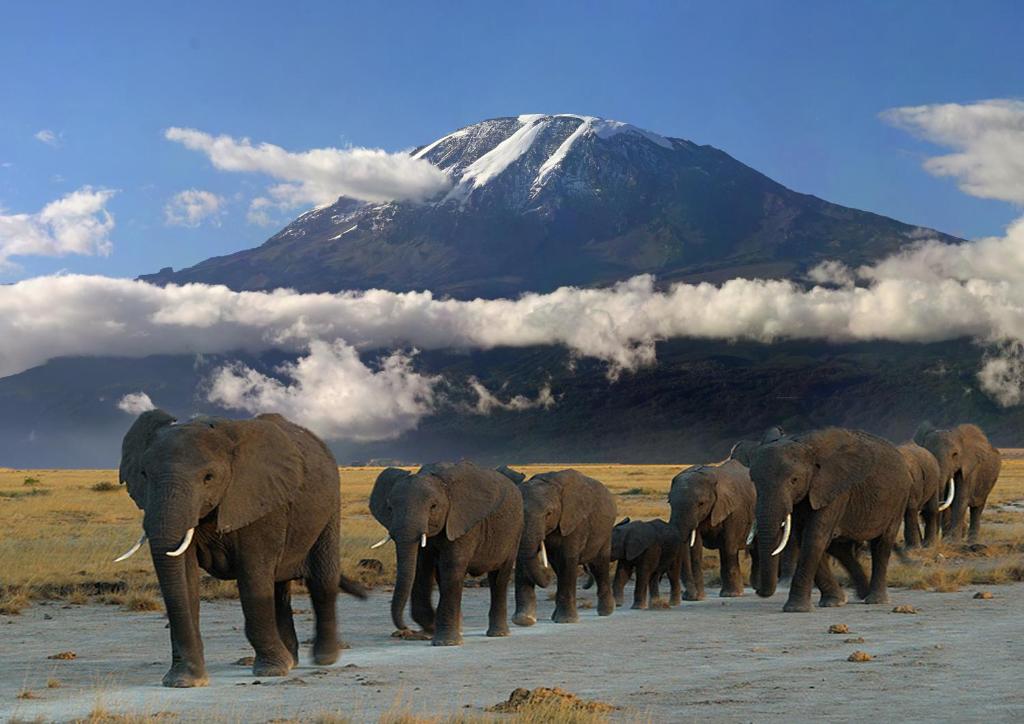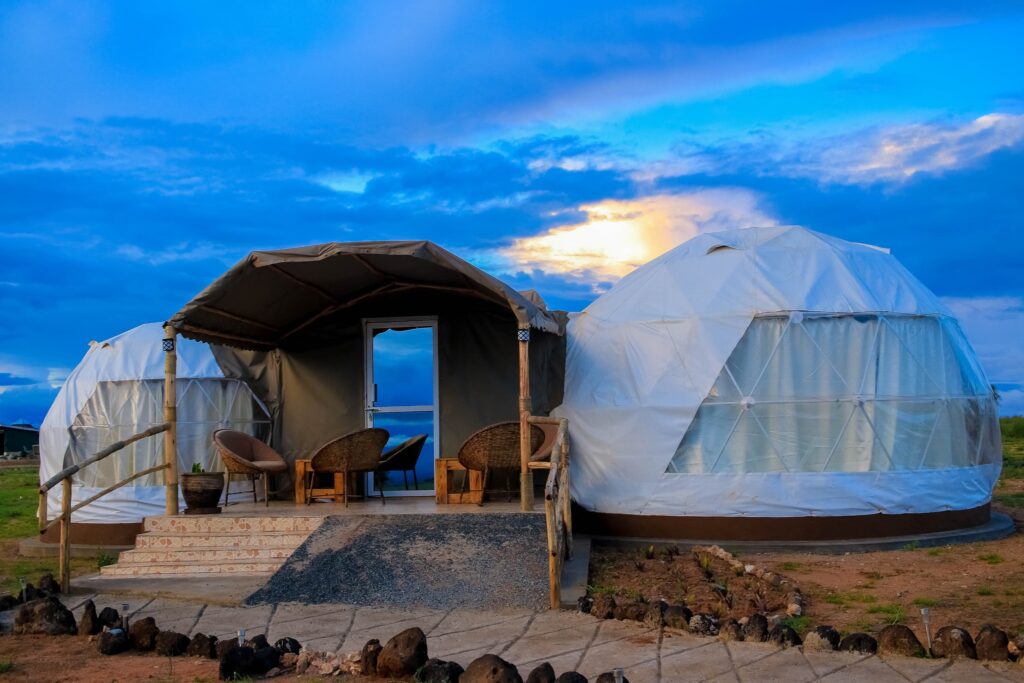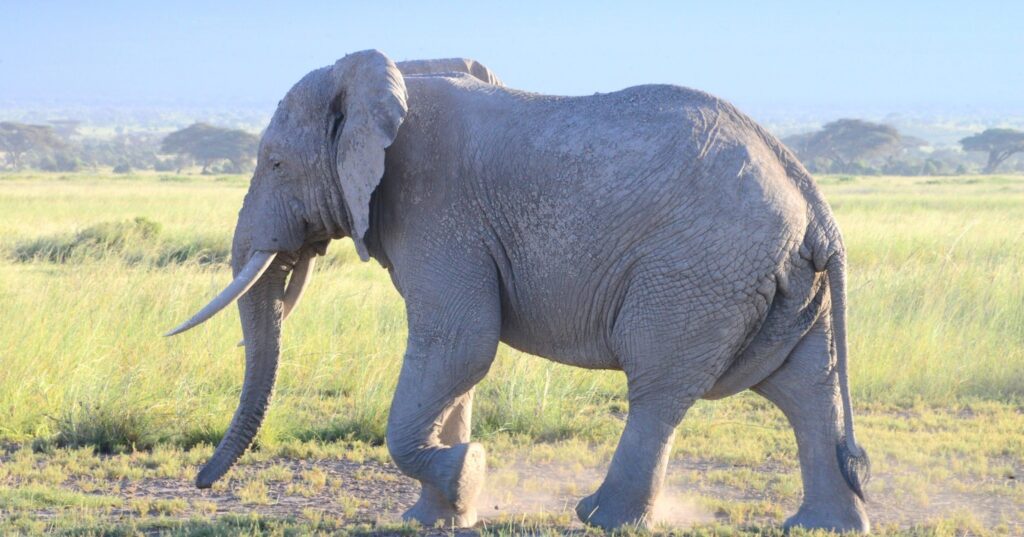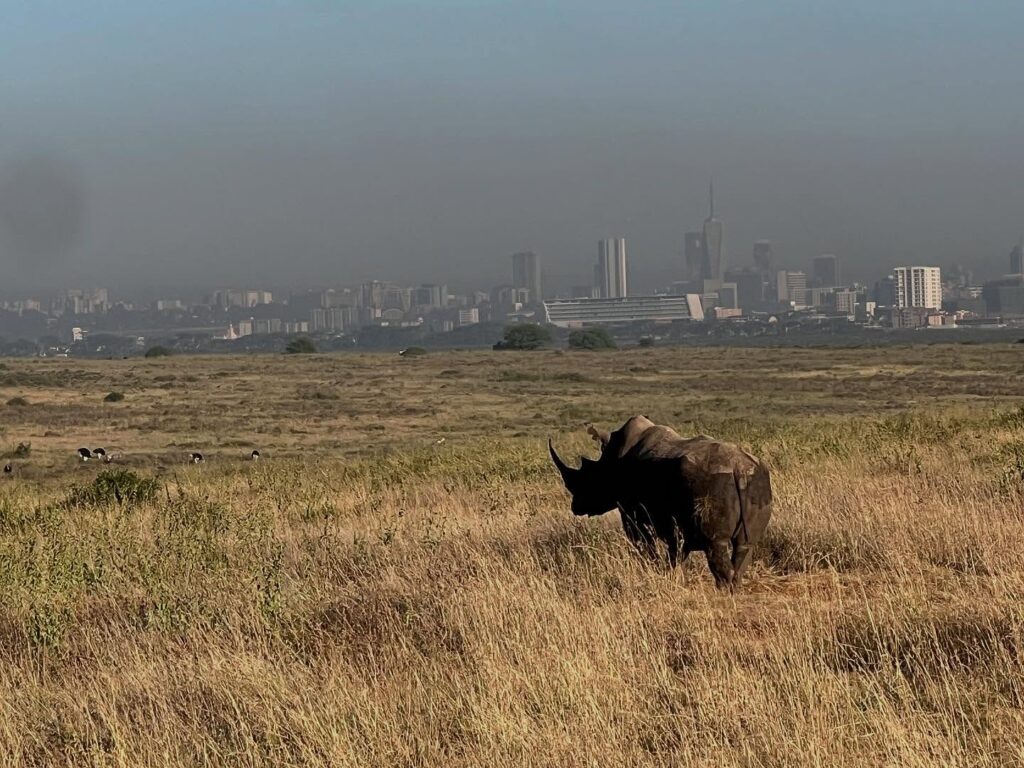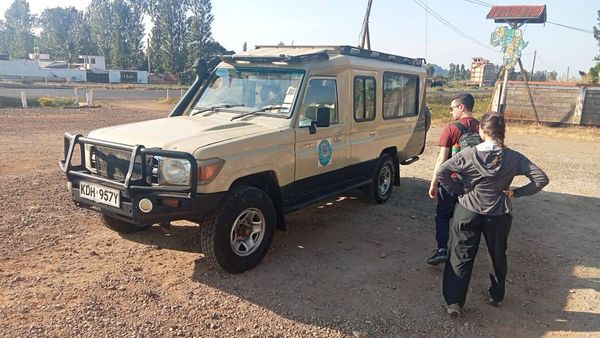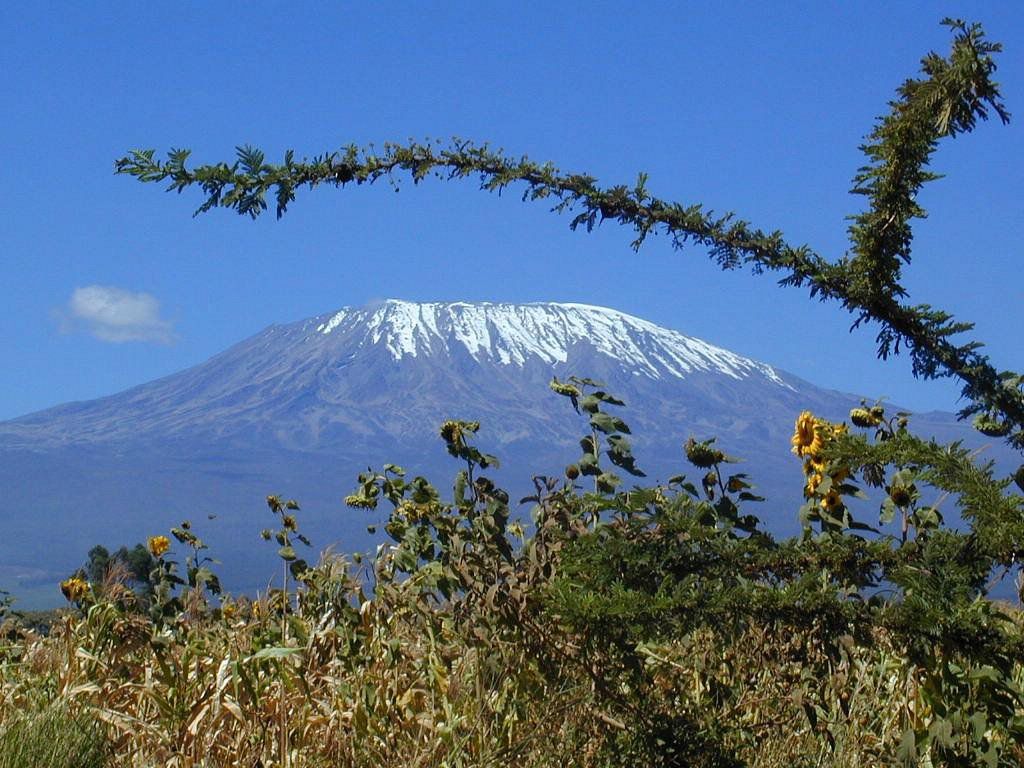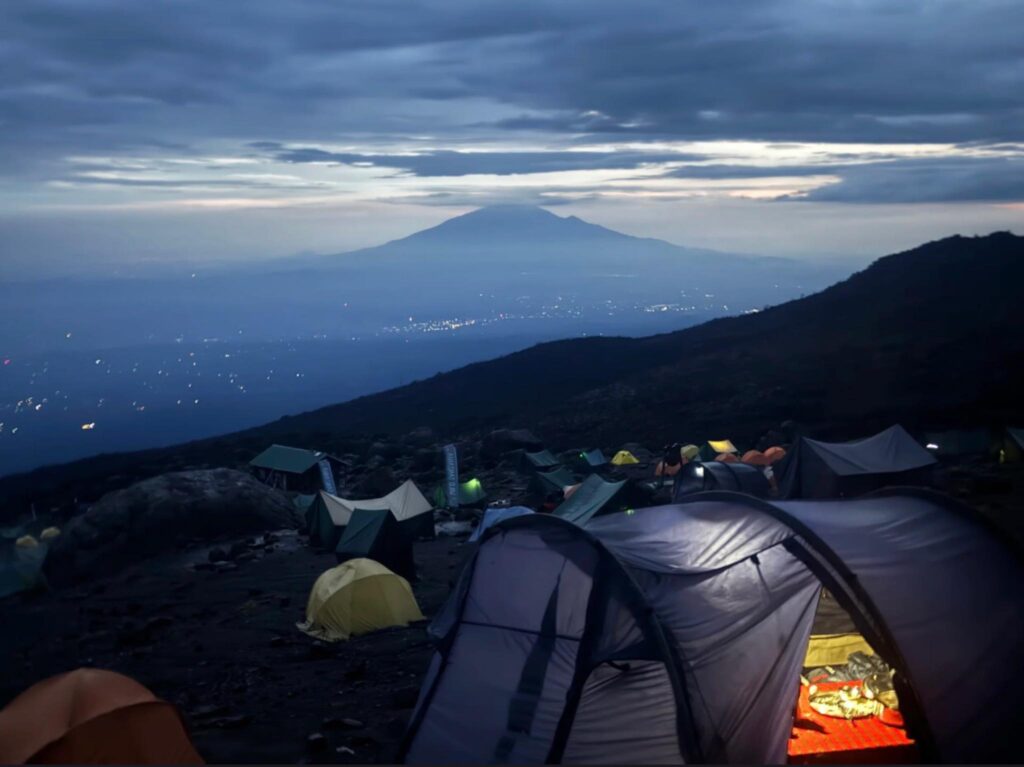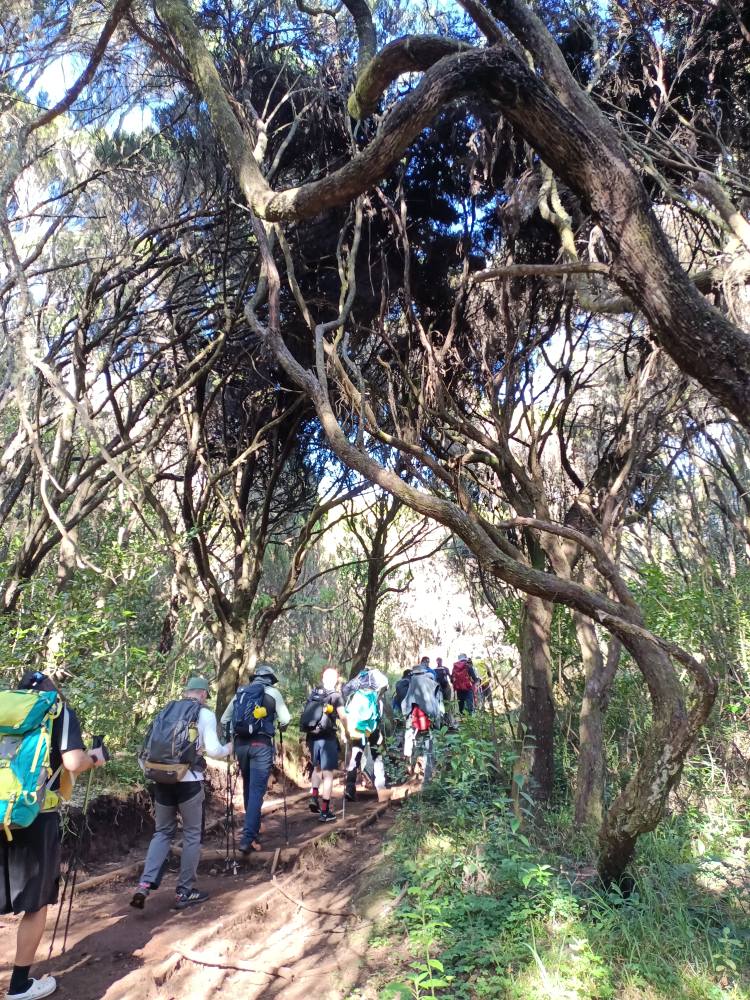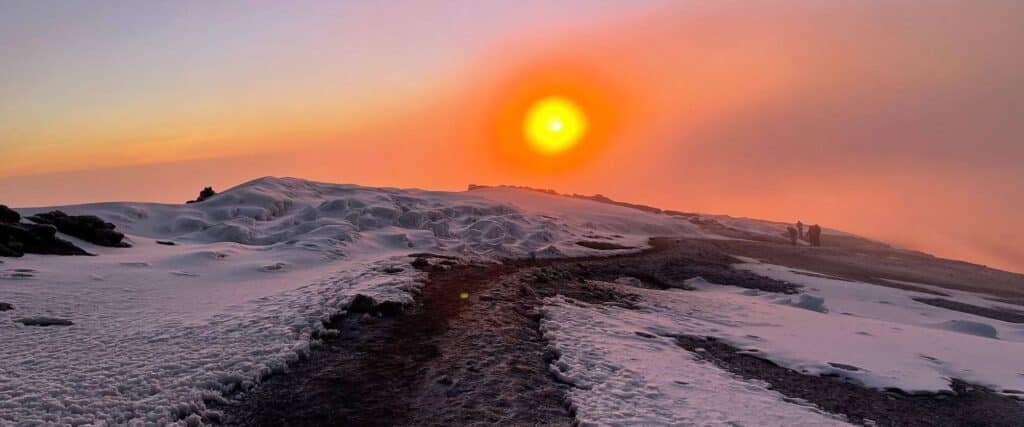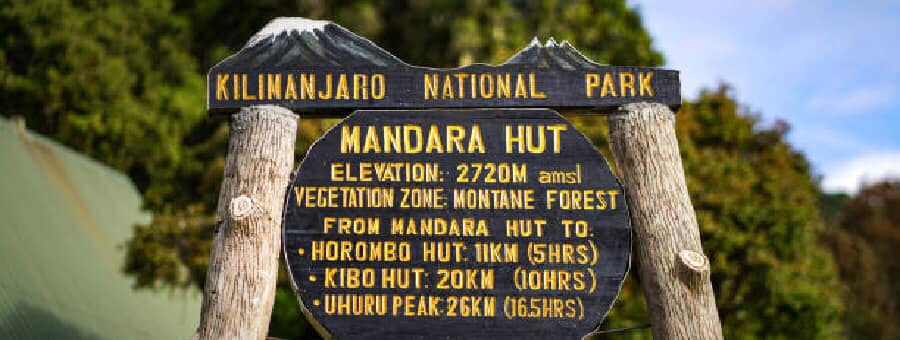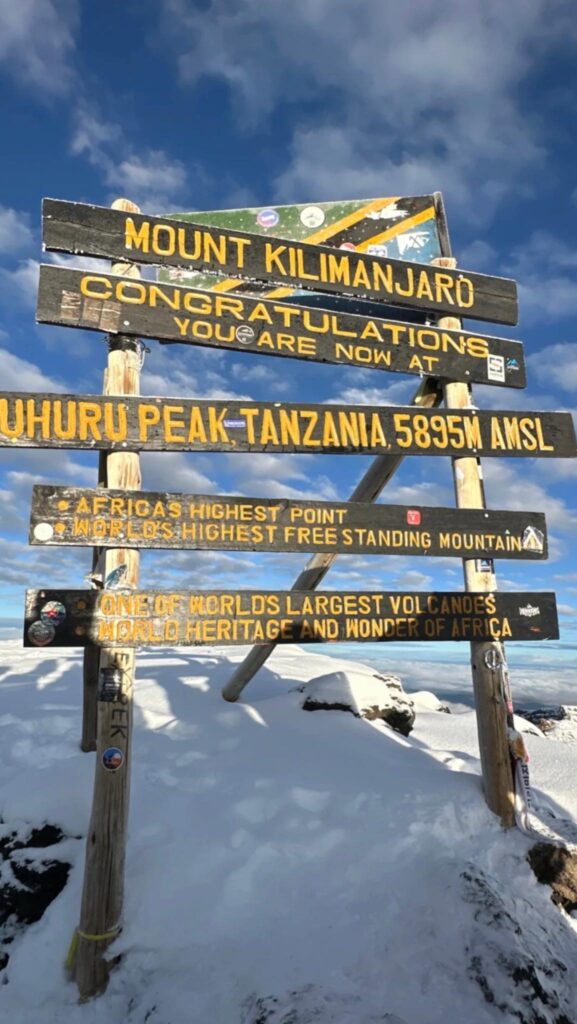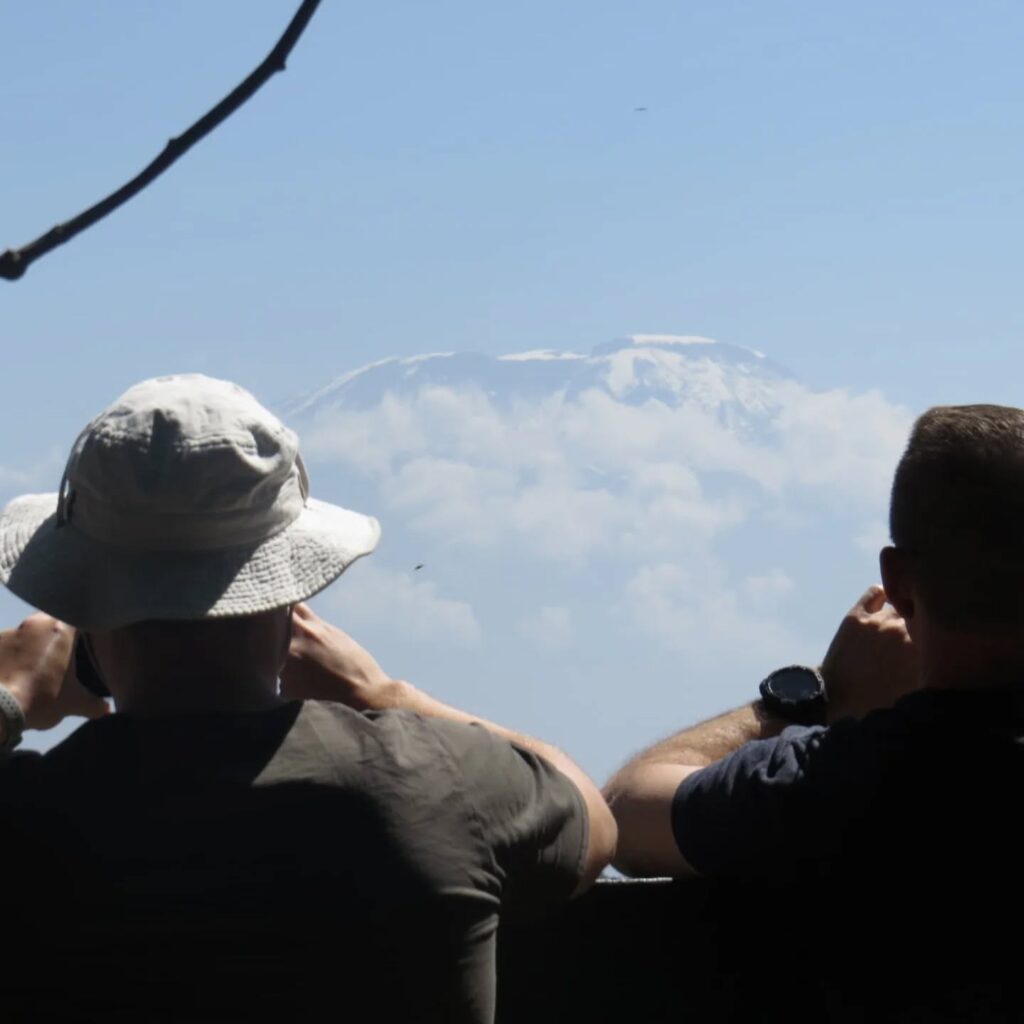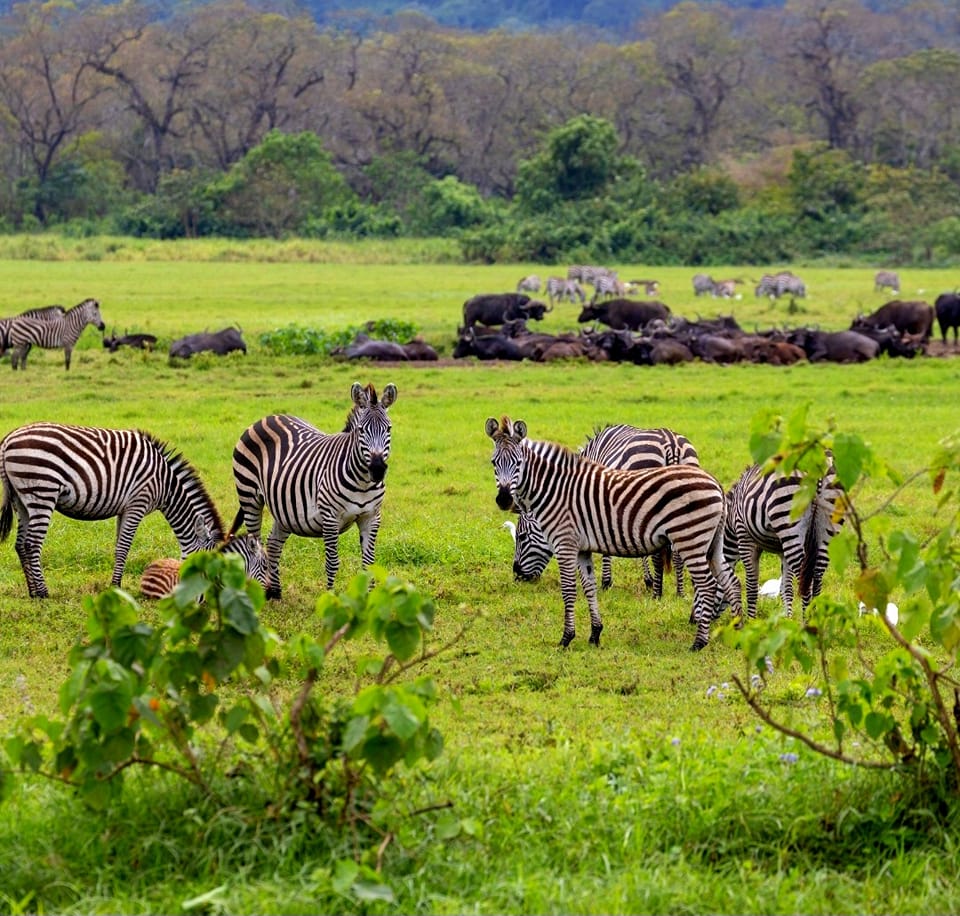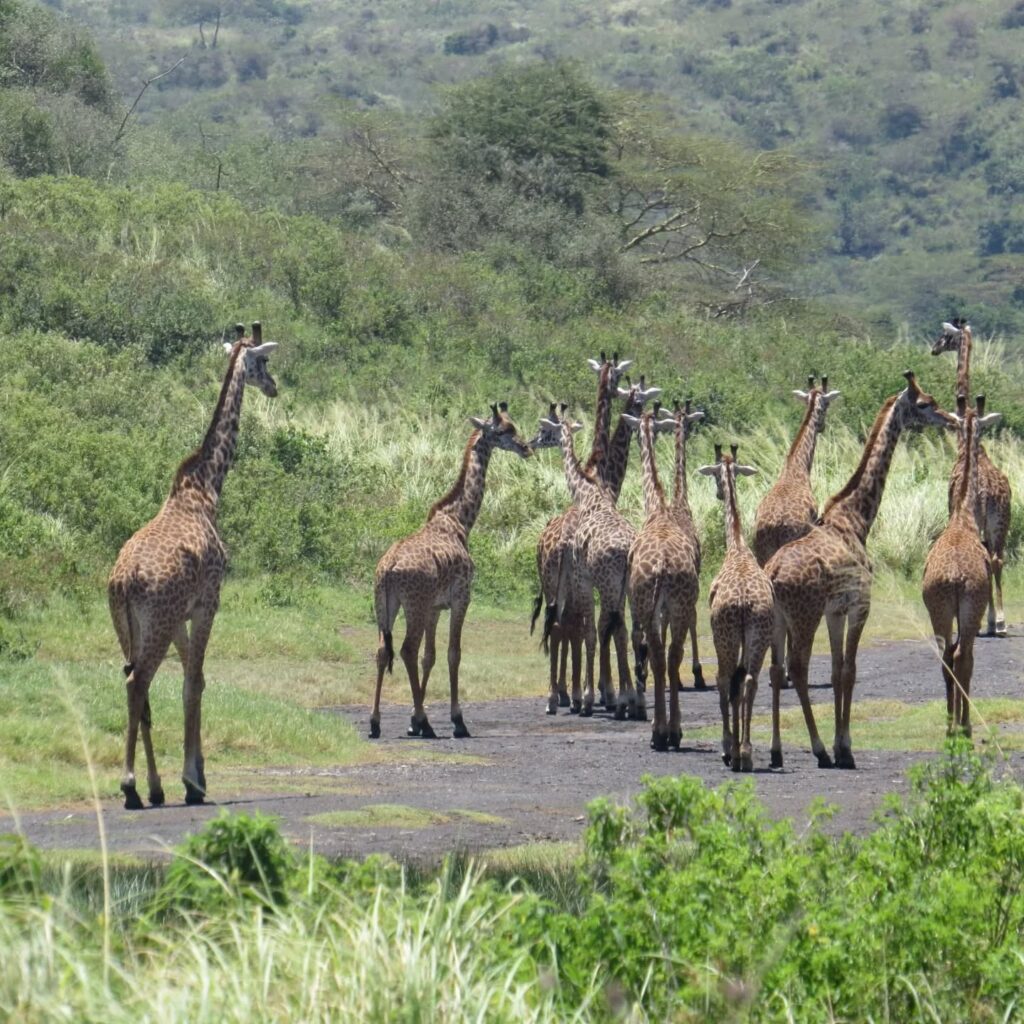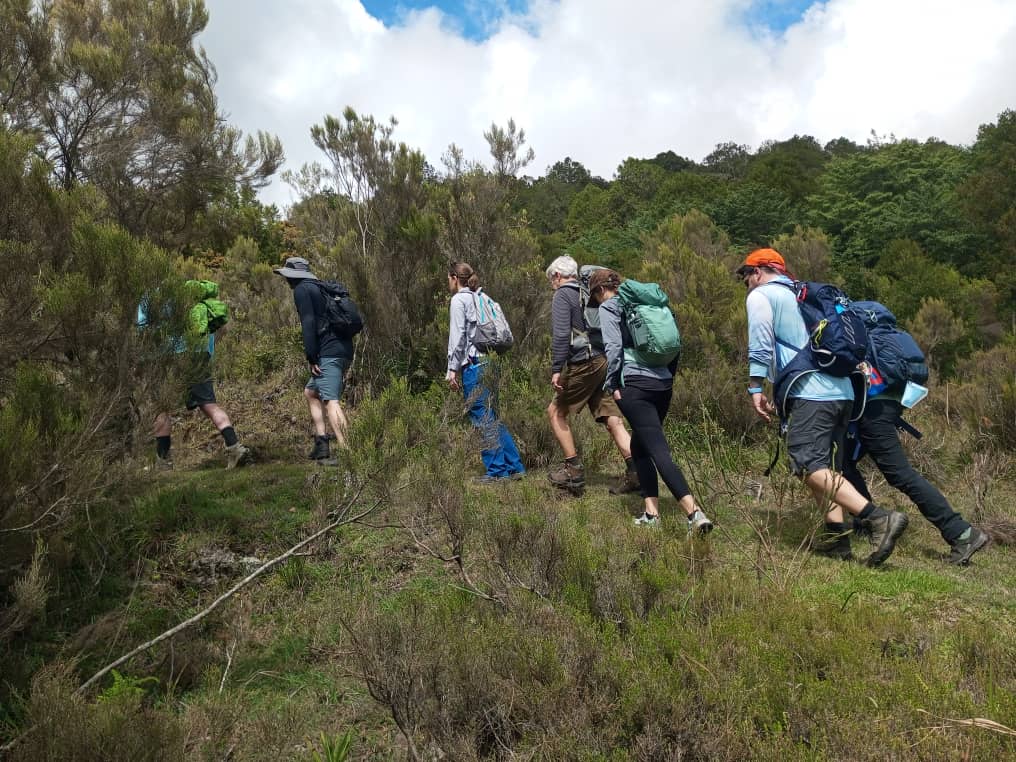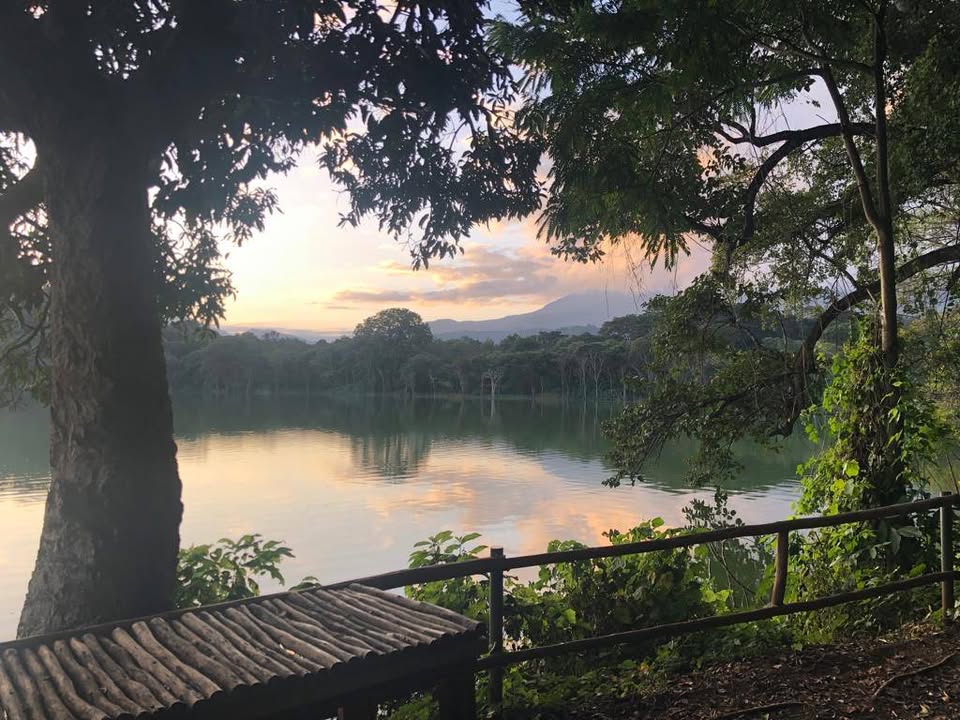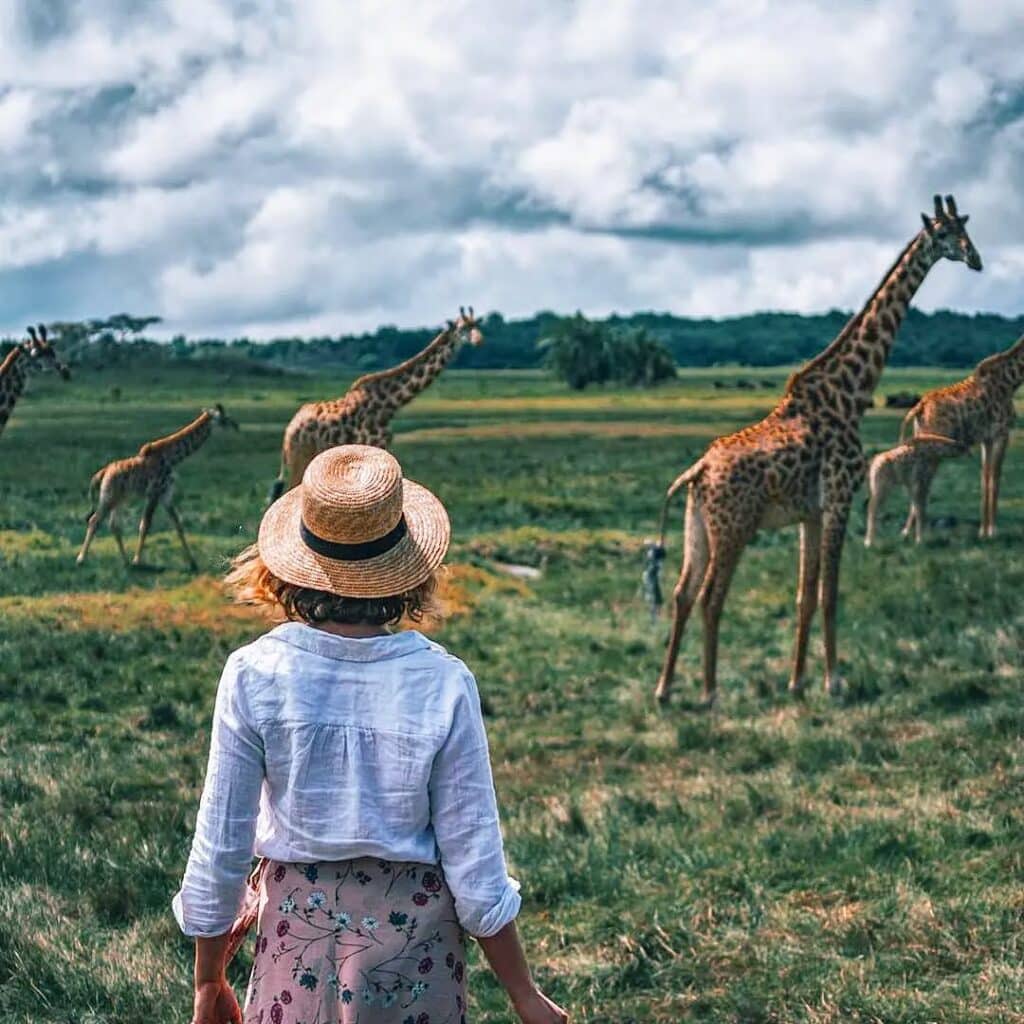- 55
- 1
- 17
- 1
- 6
- 2
- 1
- 2
- 1
- 1
- 4
- 1
- 2
- 1
- 1
- 1
- 1
- 1
- 1
- 11
- 16
- 1
- 20
- 2
- 2
- 1
- 1
- 1
- 1
- 1
- 9
- 7
- 1
- 2
- 2
- 6
- 4
- 1
- 2
- 1
- 3
- 3
- 4
- 4
- 1
- 2
- 1
- 1
Featured
Kenya, Amboseli National Park, Crescent Island Sanctuary, Lake Manyara National Park, Lake Naivasha, Lake Nakuru, Ngorongoro, Ol Pejeta Conservancy, Serengeti National Park, Tanzania
16 Days – 15 Nights
Medium
Nairobi – Ol Pejeta – Aberdares – Lake Nakuru – Masai Mara – Lake Naivasha – Crescent Island – Amboseli – Arusha – Serengeti -…
$13,500
Next Departure
Jun 05
Jun 06
Jun 07
Available through out the year:
View Trip- Jan
- Feb
- Mar
- Apr
- May
- Jun
- Jul
- Aug
- Sep
- Oct
- Nov
- Dec
Featured
Kenya, Amboseli National Park, Lake Manyara National Park, Lake Nakuru, Masai Mara, Ngorongoro, Serengeti National Park, Tanzania
11 Days – 10 Nights
Medium
Summary Itinerary: Nairobi – Masai Mara – Lake Nakuru – Amboseli – Arusha – Serengeti – Ngorongoro – Lake Manyara – Arusha. This 11-Day Kenya…
$4,550
Next Departure
Jun 05
Jun 06
Jun 07
Available through out the year:
View Trip- Jan
- Feb
- Mar
- Apr
- May
- Jun
- Jul
- Aug
- Sep
- Oct
- Nov
- Dec
Kenya, Amboseli National Park, Lake Nakuru, Masai Mara, Ngorongoro, Serengeti National Park
10 Days – 9 Nights
Medium
$3,890
Next Departure
Jun 05
Jun 06
Jun 07
Available through out the year:
View Trip- Jan
- Feb
- Mar
- Apr
- May
- Jun
- Jul
- Aug
- Sep
- Oct
- Nov
- Dec
Tanzania, Mt Kilimanjaro
5 Days – 4 Nights
Medium
5-Day Kilimanjaro Climb Marangu Route: The Easiest Way to SummitThe 5-day Kilimanjaro climb Marangu route, also known as the Coca-Cola Route, is the easiest and…
$850
Next Departure
Jun 05
Jun 06
Jun 07
Available through out the year:
View Trip- Jan
- Feb
- Mar
- Apr
- May
- Jun
- Jul
- Aug
- Sep
- Oct
- Nov
- Dec
Tanzania, Arusha National Park
1 Day
Easy
Overview of Arusha National Park Located just 30-40 minutes from Arusha, Arusha National Park is a perfect day trip, offering stunning landscapes and diverse wildlife….
$130
Next Departure
Jun 05
Jun 06
Jun 07
Available through out the year:
View Trip- Jan
- Feb
- Mar
- Apr
- May
- Jun
- Jul
- Aug
- Sep
- Oct
- Nov
- Dec
Top Destinations
Quick Links
Themed Travel
© 2025 Gemfinders Safaris. All Rights Reserved.
Secure Payments

We Accept:






